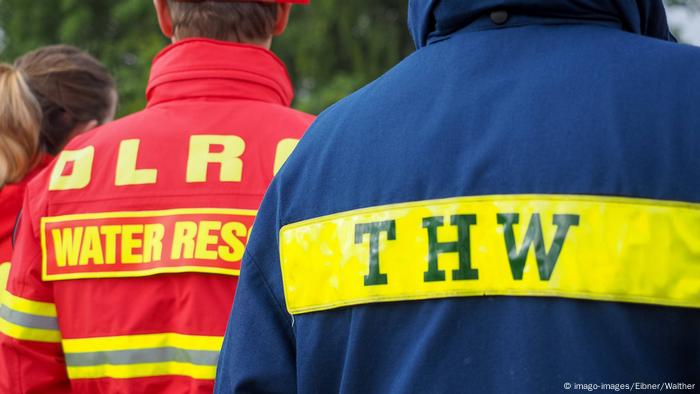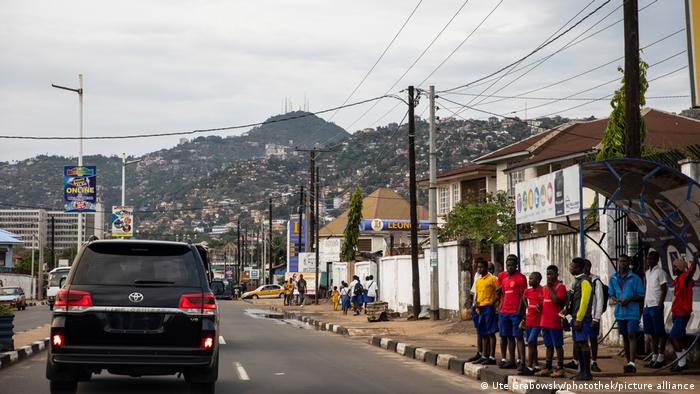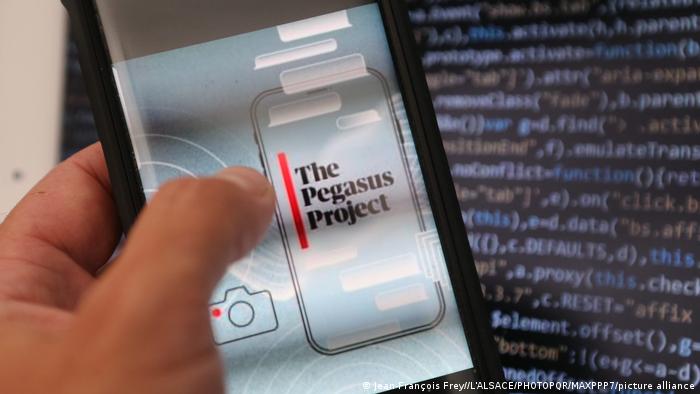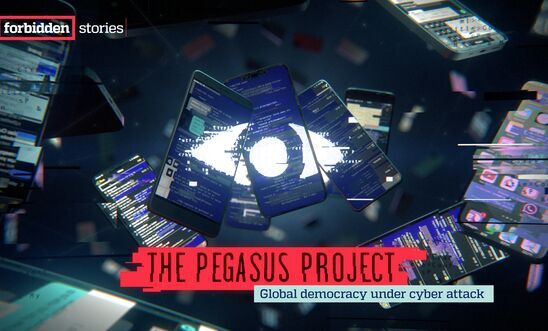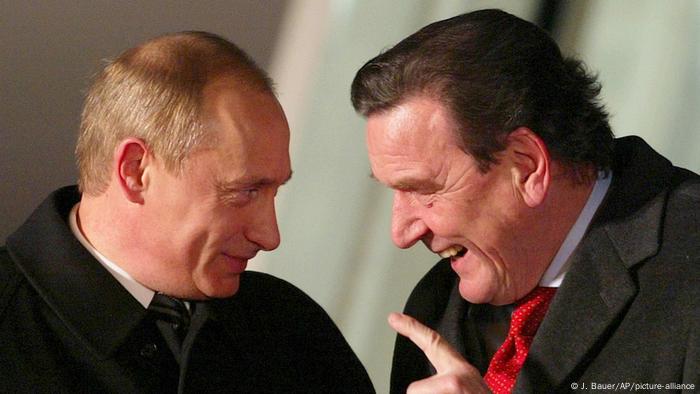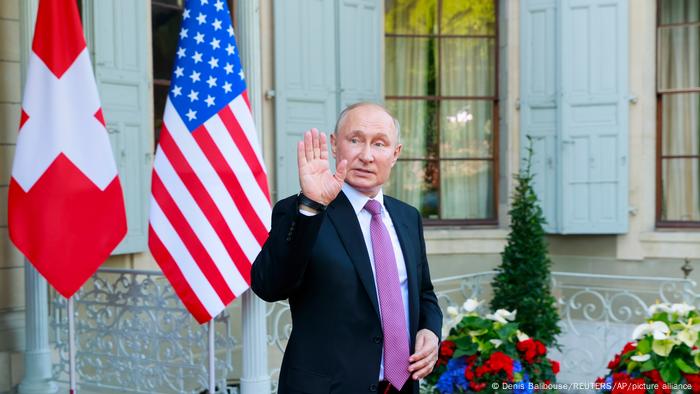Unlike many other countries, Germany's civil protection and disaster management system is deeply rooted in communal and municipal structures. The current flood catastrophe has disclosed major shortcomings.
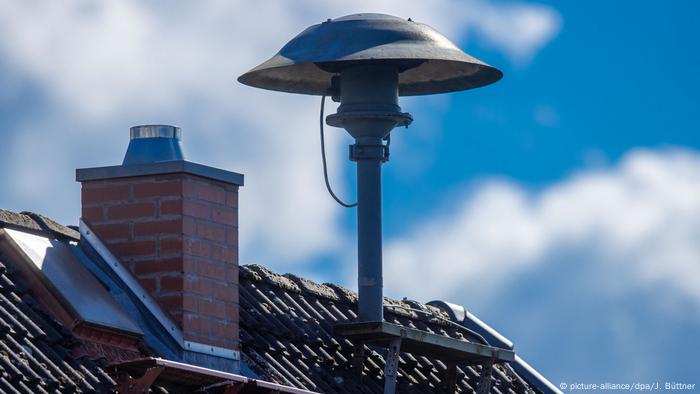
Air-raid alarm sirens are still crucial for Germany's civil protection system
When the first floods hit southwestern Germany last week, local emergency managers were the first to initiate rescue operations on the ground. But it would soon become apparent that the unfolding natural disaster was more than what they could cope with, and that responses would have to be coordinated at a higher level in the emergency chain of command.
It was high time the crisis managers of the affected counties and municipalities took over, coordinating assignments of police, firefighters and paramedics to help save lives and provide assistance where needed.
Germany has a total of 294 counties and 107 self-governing municipalities, including major cities such as Potsdam, Cologne and Leipzig. In big emergencies, county governors can request assistance from other, less affected, regions to pool their crisis-fighting capabilities in task forces. Those are usually set up and run by a regional state government, of which there are 16 in Germany's federal state-based political system.
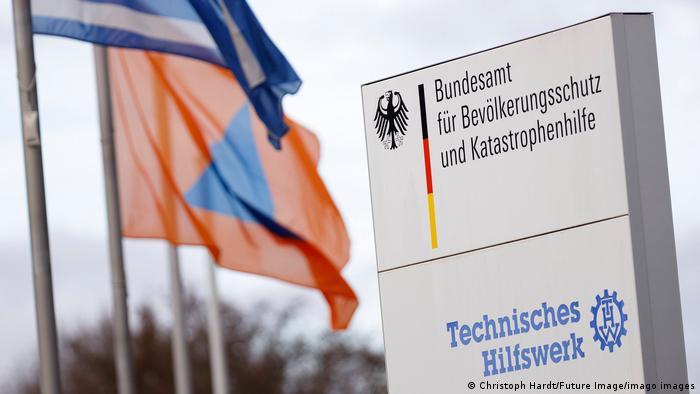
The Office of Civil Protection and Disaster Assistance is Germany's highest authority in preventing and mitigating natural disasters
The role of the central government
It is only when crisis management at the federal state level fails that the central government in Berlin is allowed to step in with the Federal Office of Civil Protection and Disaster Assistance (BBK). But for BBK to actively engage in a crisis, the respective community or municipality first needs to declare a state of emergency. And only then, Germany's armed forces can join rescue efforts, or Federal Police forces are allowed to maintain law and order.
Another organization frequently assigned to emergencies or natural disasters in Germany is the Federal Agency for Technical Relief (THW). THW crews boast special technical capabilities and expertise to provide effective assistance, notably in flood disasters and earthquakes. The agency's 80,000-strong membership is primarily made up of semi-professional volunteers, who are often also assigned to relief operations abroad, for example in bringing utilities like water and electricity back online.
During the ongoing flood crisis in Germany, THW's pumping crews successfully prevented several dams from bursting.
Germany's army of volunteer helpers
Volunteerism is also a prime hallmark of the work of millions of other rescuers and helpers organized in associations such as the Arbeiter-Samariter-Bund (ASB) — a charity and relief organization — the German Red Cross (DRK), the DLRG German Life Saving Association, and church-based humanitarian organizations such as the Johanniter Unfall Hilfe or the Malteser Hilfsdienst.
In Germany's most populous federal state, North Rhine-Westphalia (NRW), almost 400 volunteer fire brigades are part of the state's fire protection structure and complement the about 30 fully professional fire brigades.
According to figures released by the national government, there are more than 1.7 million German volunteers involved in civil protection activities, meaning that they are not paid for their engagement.
Crisis communications
Monitoring water levels in German rivers and lakes is the task of flood control centers, which are also run by each of the 16 federal states. They are supposed to set off alarms in the event of likely flooding. Cross-border waterways, like the Rhine River, however, are overseen by international commissions.
The German Meteorological Service (DWD) is charged with weather forecasting and uses a three-tier warning system: Early Warning, Forecast/Premonition, and specific County Warnings.
Weather alarms are often spread among the general public via the NINA app developed by BBK. It informs users anywhere in Germany about the dangers in the vicinity of where they are. In the current catastrophe, though, it turned out that only a few Germans have NINA installed on their mobile phones.
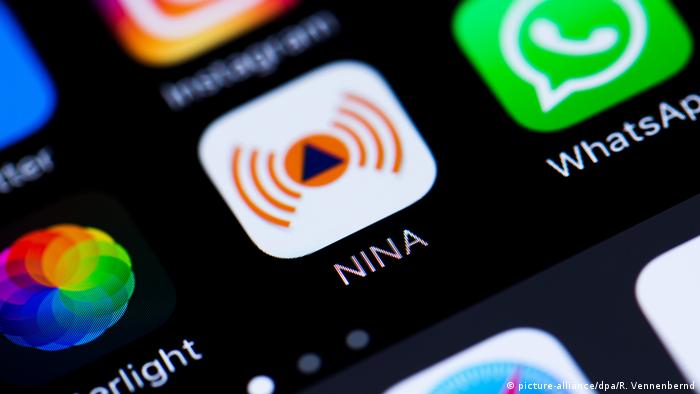
The Fraunhofer Institute for Open Communication Systems (FOKUS) has developed the free-of-charge NINA app to inform people through their mobile phones
There's mounting criticism at the moment of how BBK handled public warnings during the floods. BBK chief Armin Schuster was blamed for informing populations in the affected regions too late. In an interview for public German radio, he rejected the criticism, saying BBK's alarm infrastructure worked completely well.
"Between Wednesday [July 7] and Saturday [July 10], we were sending out a total of 150 successive notifications," he said, adding that DWD's weather forecasts were also "to the point" in warning of heavy precipitation well in advance. "But you can never be so precise as to say exactly which location is hit with how much rainfall and for how long," he said.
A system in need of reforms
Communications among German rescue organizations work on channels that are different from push notifications on people's mobiles. A mobile digital network, established and maintained by the government, covers 99% of German territory, ensuring that communication can be maintained even when telecom infrastructure is severely impeded.
In addition, there are still old-fashioned air-raid sirens installed on public buildings in Germany, with most of them dating back to the Cold War era, or even further to World War II. Many of them have been removed in recent years to save maintenance costs. Now, there are calls, however, to bring those sirens back on again. Some experts say sirens make no sense because they would need electricity that's often not available in disaster scenarios.
BBK chief Armin Schuster has conceded that Germany's disaster protection system is in need of repair, and promised reforms after a national emergency warning day went miserably wrong in May 2020. A main plank in the reform is bringing back the good old sirens.
"Just three months into the reform, I'm positively surprised to see how committed the regional governments are in providing public funding for reinstalling sirens," Schuster said recently. Until the end of this year, he promised to come up with a catalog of German regions potentially at risk of disaster to determine "where, and how much will need to be invested." Part of the new early-warning system, he noted, will be air-raid sirens and smartphone apps.
This article has been adapted from the original German
